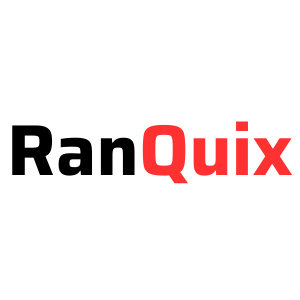
Articles
Why Does Everything Fall Apart The Moment One Person Takes A Day Off?

Share this post
Many teams feel everything unravels when one person takes a day off because their knowledge, tasks, and timelines aren’t clearly distributed or visible across the organization.
Modern resource planning software helps reduce this fragility by making responsibilities transparent and workloads predictable. Strong resource planning practices ensure projects don’t rely on single points of failure, allowing teams to stay on track even when someone is unavailable.
How Does Unclear Capacity Create Project Fragility?
When teams cannot see how work is allocated, they unintentionally overload key individuals. A resource management application offers visibility into how skills, timelines, and responsibilities align. Without this insight, one absence can expose:
- Over-reliance on specific team members
- Unbalanced workloads
- Missing backup skills
- Undefined ownership for critical tasks
Why Is Proactive Workload Balance Essential For Smooth Operations?
When work lives in personal notes, siloed systems, or individual memory, the team becomes vulnerable. For example, a project manager might know exactly how to adjust timelines, but the project stalls the moment they're out.
Overloaded teams tend to depend on a few high performers or specialists. If one of these people takes a day off, the rest of the system absorbs the shock. Proactive capacity planning distributes tasks based on availability, demand, and skills, so work keeps moving even when someone is out.
Using tools like eResource Scheduler helps organizations model upcoming demand, assign work predictably, and maintain continuity without last-minute scrambling.
What Role Does Planning Accuracy Play In Preventing Chaos?
When every day is scheduled tightly and people have no slack, even minor changes trigger cascading effects. Accurate planning with the help of a resource management application includes:
- Buffers for leave and unplanned interruptions
- Realistic task durations
- Visibility into upcoming priorities
- Contingency skill-matching
Teams that build these factors into their schedules experience smoother delivery and less stress.
How Can Teams Build Resilience For The Future Of Work?
Organizations need systems that can function even when teammates are not co-located or always available. Teams with strong resource planning practices experience higher productivity, better predictability, and greater employee satisfaction because work no longer hinges on a single person being present.
FAQs
1. Why do projects slow down when someone is unexpectedly absent?
Because tasks, dependencies, and capacities aren’t always visible. A resource planning software visualizes these elements to prevent sudden disruption.
2. How can we avoid bottlenecks caused by skill gaps?
Cross-training, documentation, and using a resource management application to identify over-reliance on specialists all help reduce risk.
3. Why does team communication break down during vacations or sick days?
Most teams rely on informal updates. Structured planning centralizes information so work continues smoothly.
4. What’s the simplest way to improve workload balance?
Start by tracking availability, upcoming tasks, and skills in one shared place to understand where pressure points exist.
5. How do I know if our team is too dependent on one person?
If workloads spike or priorities stall when they’re absent, you likely lack visibility. This is something modern planning tools help solve.


